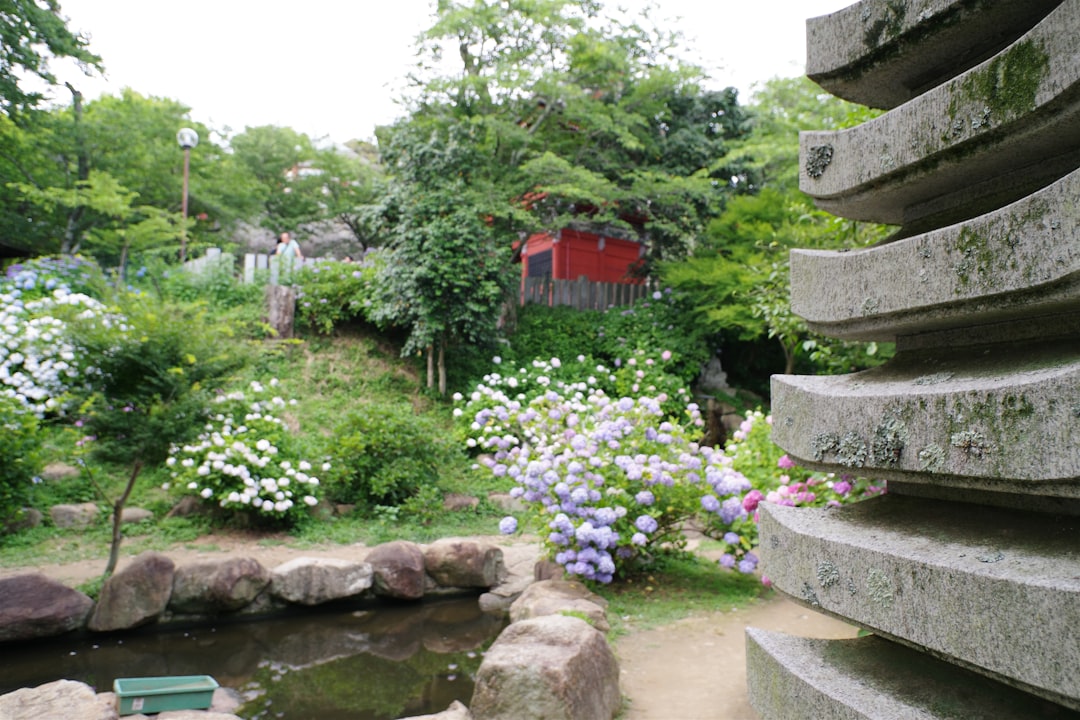The Secret to Thriving Indoor Orchids: A Unique Watering Guide

Indoor gardening has become a popular pastime, offering a way to bring nature into our homes and enjoy the beauty of plants year - round. Among the many houseplants available, orchids stand out for their exquisite beauty and elegance. However, these delicate flowers require special care, especially when it comes to watering. Unlike other common houseplants, indoor orchids have distinct watering needs that, when met, can keep them healthy and blooming.
First, it's essential to understand the natural habitat of orchids. Most indoor orchids are epiphytes, which means they grow on other plants in the wild, usually on tree branches. They absorb moisture and nutrients from the air and rain. This is quite different from terrestrial plants that grow in the soil. As a result, orchids have a unique root system that is designed to dry out quickly. Over - watering can lead to root rot, a common and often fatal problem for orchids.
One of the key factors in watering indoor orchids is the type of potting medium. Orchids are typically potted in a well - draining medium such as bark chips, sphagnum moss, or perlite. These materials allow air to circulate around the roots and prevent water from pooling. When watering, make sure to soak the entire potting medium thoroughly. You can do this by placing the orchid pot in a sink or basin filled with water for about 15 - 20 minutes. This ensures that the roots have a chance to absorb enough moisture.
After soaking, let the orchid drain completely. Never leave the orchid sitting in water, as this can cause the roots to suffocate and rot. A good way to check if the orchid needs watering again is to feel the potting medium. If it feels dry to the touch, it's time to water. However, don't rely solely on the surface dryness. You can insert your finger about an inch into the medium to get a better sense of its moisture level.
The frequency of watering also depends on several factors, including the type of orchid, the size of the pot, the environmental conditions, and the time of year. Generally, orchids need to be watered less frequently in the winter months when they are in a dormant state. During the growing season, which is usually in the spring and summer, they may require more frequent watering. For example, a small orchid in a 4 - inch pot may need to be watered once a week, while a larger orchid in an 8 - inch pot may only need watering every 10 - 14 days.
Another important aspect of watering orchids is the quality of the water. Orchids are sensitive to chemicals such as chlorine and fluoride, which are commonly found in tap water. It's best to use filtered or distilled water. If you must use tap water, let it sit out overnight to allow the chlorine to evaporate. Rainwater is also an excellent choice for watering orchids, as it is free of chemicals and has a natural pH level that is suitable for these plants.
In addition to proper watering, humidity plays a crucial role in the health of indoor orchids. Orchids thrive in a humid environment, similar to their natural habitat. You can increase the humidity around your orchids by placing a tray of water near the plants or using a humidifier. Misting the leaves with water can also help, but be careful not to over - mist, as this can lead to fungal diseases.
Proper fertilization is also related to watering. When you water your orchid, you can add a diluted orchid fertilizer to the water. This provides the necessary nutrients for the plant to grow and bloom. However, make sure not to over - fertilize, as this can damage the roots. Follow the instructions on the fertilizer package for the correct dosage and frequency.
Finally, observe your orchid regularly. Look for signs of over - watering or under - watering. Yellowing leaves, soft or mushy roots, and a foul smell are signs of over - watering. On the other hand, wrinkled leaves and a dry, brittle potting medium indicate under - watering. By paying close attention to your orchid's needs and adjusting your watering routine accordingly, you can keep your indoor orchid healthy and blooming for years to come.
In conclusion, watering indoor orchids is a delicate balance that requires understanding their unique needs. By using the right potting medium, watering at the appropriate frequency, using high - quality water, maintaining proper humidity, and providing adequate fertilization, you can create an ideal environment for your orchids to thrive. With a little patience and care, you'll be rewarded with the beauty of these stunning flowers in your home.